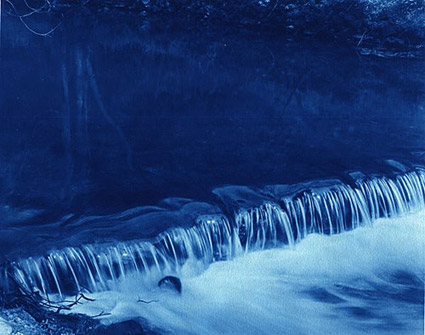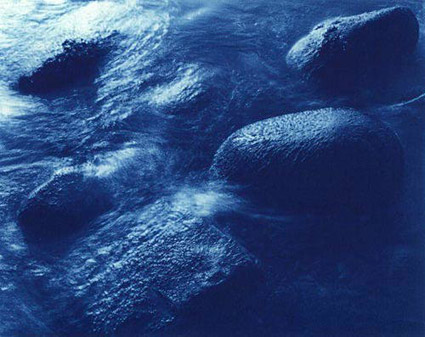Natalie Dykstra, Clover Adams: A Gilded and Heartbreaking Life
A recent biography of Clover Hooper Adams (1843-85), photographer and wife of Henry Adams (1838 –1918), describes the tragic story of a complicated and fascinating woman, her "inadequately" educated husband and a slice of the 19th century political scene in Washington D.C.
The only remaining likeness of Adams is a small equestrian snapshot. After her suicide by photographic chemical potassium cyanide, Henry Adams burned all her photographs. Adams is best know for his personal intellectual biography, The Education of Henry Adams which describes the failure of his education to adequately prepare him for the industrial and technological changes of the late 19th century. From details of Clover's life, it seems he was emotionally ignorant and compassionless. Poor Clover!
A selection of Clover Hooper Adams photographs can be seen in the collection of the Massachusetts Historical Society. Her grave is marked by the famous St. Gaudens sculpture.
















